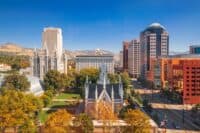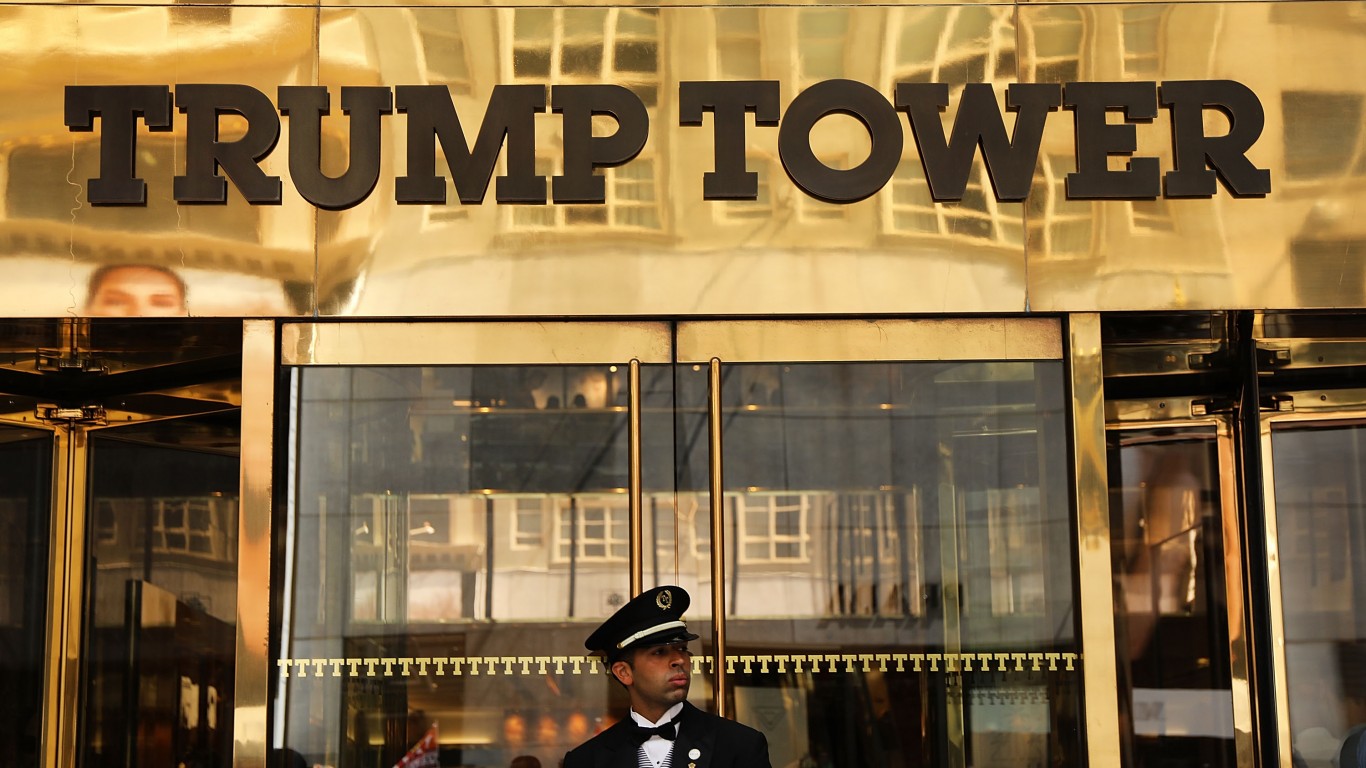
Popular Wall Street sayings aren’t initiated in a vacuum. “Sell in May and go away” echoes are bouncing off the walls this time of year, and it is worth a look where this trend comes from in order to determine where it may be going this year.
The past four major to intermediate tops in the S&P 500 since 2000 have occurred between May and October. The tops of 1987 and 1990 also both occurred between these months. What the three tops of 2000, 2007 and 2015 have in common is a very large drop in money supply in the first week of May, at least 2%.
Back in 2000, the Federal Reserve reported a drop in weekly M2 in the first week of May of 2.25% from its April peak. Then 2002, a terrible year for equities, also broke the 2% mark. Same for 2007, when the money supply drop into the first week of May was also above 2%. In 2015, we saw a similar drop of 2.1%, leading to the August 2015 crash.
What is particularly interesting is that not every May has led to a market top, and that years where stocks kept chugging higher into the summer happen to be years when the M2 drop into the first week of May was only mild, compared to a full 2%. From 2003 to 2006 for example, the money supply drop into the first week of May never reached 2%. The year 2006 got very close but didn’t quite break the barrier. While that year did see a 6.4% drop in the S&P 500 from May to July, that correction never really stuck in investors’ collective memory.
The same is true for 2012 through 2014, as well as 2016. The weekly monetary drop in the first week of May never exceeded 2%, and those years summer corrections were only mild to moderate. The only exceptions to this pattern since the turn of the millennium have been 2001 and 2011. The former saw only a minor drop of 1% but was a bear market year, and 2011 only saw a 1% drop that week but did see a scary 17% crash from July to August.
In 14 years out of the past 16 this pattern has held, for a B+ predictive value of 88%. Now that this year’s annual May drop is behind us, there is a good chance traders will get through the summer without too many bruises, as this year’s annual drop was below 1.5%, from $13.628 trillion to $13.425.
Though we still may be in for a surprise, no pun intended, the summer looks to be more or less safe for stocks now. A bull trend might not resume until the fall, but the chances of a crash or the beginning of a bear market look to be less than 12%. That is, if data from the past 16 years is anything to go by, and that’s as far back as the Federal Reserve money stock data goes.
Are You Ahead, or Behind on Retirement?
If you’re one of the over 4 Million Americans set to retire this year, you may want to pay attention. Many people have worked their whole lives preparing to retire without ever knowing the answer to the most important question: am I ahead, or behind on my goals?
Don’t make the same mistake. It’s an easy question to answer. A quick conversation with a financial advisor can help you unpack your savings, spending, and goals for your money. With Zoe Financial’s free matching tool, you can connect with trusted financial advisors in minutes.
Why wait? Click here to get started today!
Thank you for reading! Have some feedback for us?
Contact the 24/7 Wall St. editorial team.




